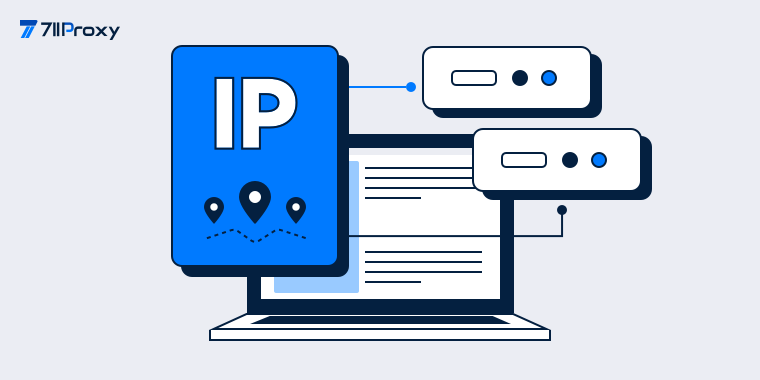Back to Blog
How to effectively test proxy servers?
14/10/2024

When using a proxy server, speed, stability and security are key factors that affect the user experience. To ensure that your proxy server is meeting user needs, it's crucial to have a comprehensive testing strategy in place. This article will provide you with a guide to an effective strategy for testing the impact of proxy servers to help you optimize proxy performance.
1. Speed Testing
Use an online tool or software to test the speed of the proxy. The following steps can help you measure the speed performance of your proxy server:
·Ping Test: The Ping test measures the response time of the proxy server and thus assesses the latency. You can use a command line tool or a Ping test website to do this.
·Download Speed and Upload Speed Test: Test the download and upload speeds of the proxy at different bandwidths with a speed test tool such as Speedtest.
· Multi-threading test: Test the performance of the proxy under high concurrency by issuing multiple requests at the same time to evaluate its ability to handle large-scale tasks.
2. Stability test
Stability testing can be realized by connecting to the proxy server for a long time and observing whether its connection is interrupted. The following two methods are usually used:
· Long-time connection: Continuously use the proxy server for network access and observe whether the connection is stable and whether there are frequent drops or disconnections.
· Load test: Simulate multiple users connecting to the proxy server at the same time and observe its performance under high load.
3. Security Test
In order to ensure the security of the proxy, the following methods can be used:
· DNS Leakage Test: Detect whether the proxy server leaks real DNS requests through a specialized DNS leakage test tool.
· IP Leakage Test: Check if the proxy leaks the user's real IP address through IP leakage test, especially when using encrypted protocols such as HTTPS.
· Encryption Test: Ensure that the proxy supports encryption protocols such as HTTPS, verify the encryption quality of the data it transmits, and prevent the data from being intercepted during transmission.
4. Compatibility Test
Test whether the proxy supports the protocols required by the user (such as HTTP, HTTPS, SOCKS5, etc.) and whether it is compatible with various types of operating systems and devices. Compatibility can be ensured by configuring different types of proxy settings.
5. IP Distribution and Availability Testing
· IP address check: Test whether the proxy server can provide stable and diversified IP choices by using IP addresses from different regions for access, and IPinfo is recommended for the test.
· IP Quality Test: Use the IP Quality Check tool to assess whether the IP provided by the proxy server is flagged as suspicious or blocked by the target website to ensure the availability of the IP.
Testing the impact of a proxy server is critical to ensure its performance, stability and security. Through detailed testing of speed, stability, security, compatibility and IP distribution, you can better understand the performance of your proxy server and optimize it for your business needs.
Featured Blogs
